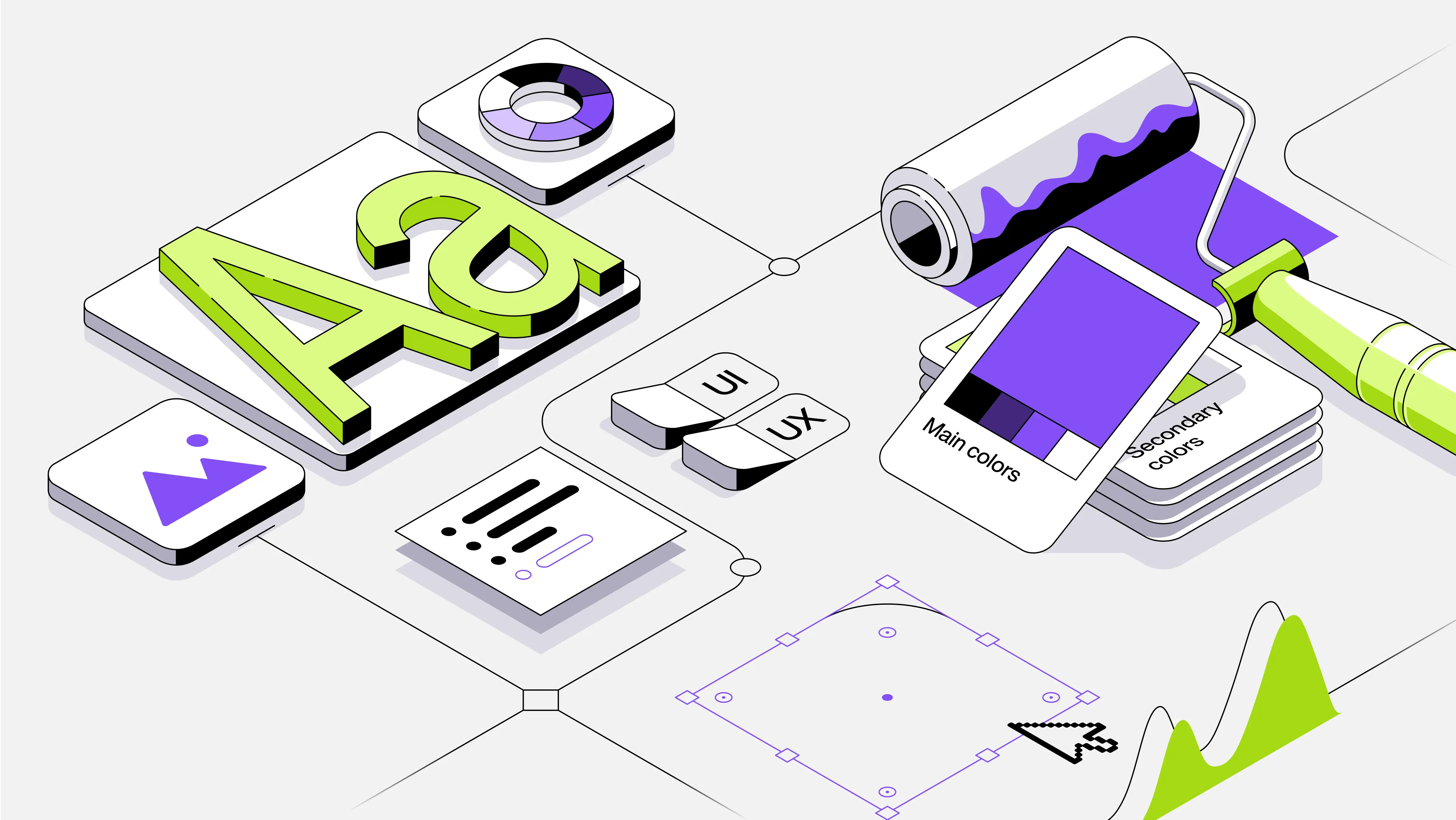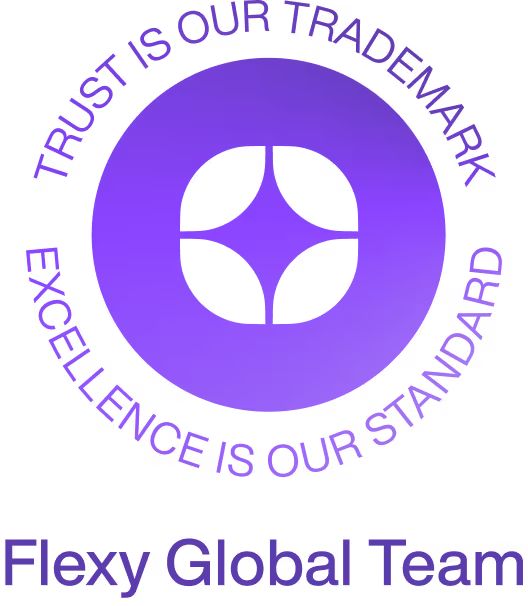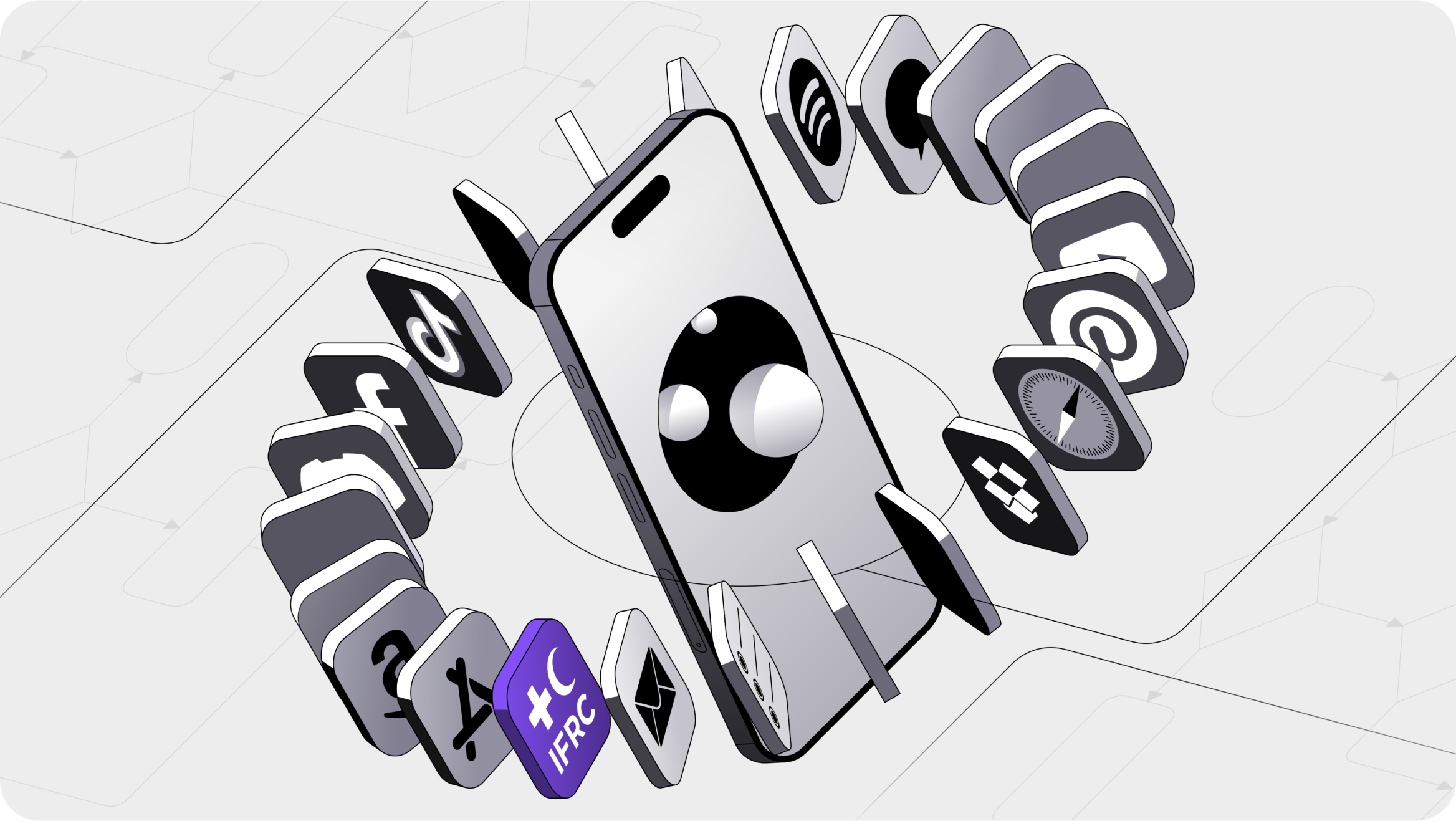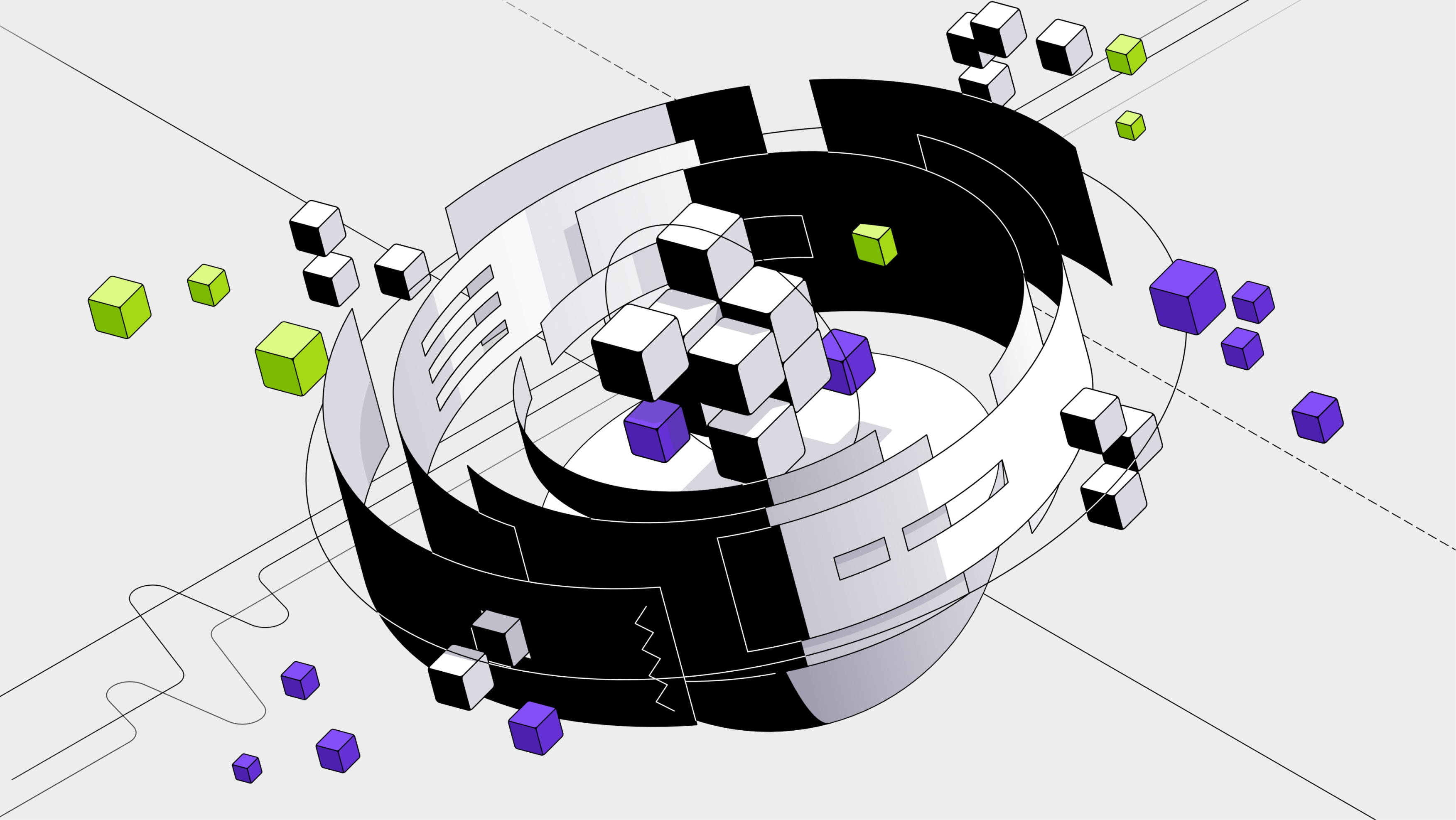Businesses that invest in digital product design tend to have a 32% revenue increase and a 56% higher TRS (total return to shareholders) growth.
In reality, every digital product you interact with, like Instagram or government websites, first goes through a design process. Technically, these apps and websites should offer their users a wonderful experience that will keep them wanting to use it over and over again. But is that always the case? I’m sure you can think of many examples when you landed on a website and immediately thought “Nope, I would rather find another site.”
But what is digital product design and how is it done?
In this article
What is Digital Product Design?
Digital product design is the process of finding concepts, drafting, and creating interactive, user-centric products such as websites, mobile apps, and software interfaces.
This process combines traditional design elements that have been used on physical products (e.g. typography and color theory) with modern technology that involves user experience (UX), user interface (UI), motion, and sound design. This design process has to make the product functional, accessible, and engaging.
Every day people use smartphones, tablets, smartwatches, and whatever Apple throws into the market next, which builds an expectation that products will work the same on all those gadgets.
Read more about digital product design and development strategies in our detailed guide.
Is Digital Product Design the Same as UX?
Digital product design and user experience (UX) are related but are not the same.
Digital product design is the process of creating the look, functionality, and feel of a whole product, while UX is just the way people use that product. So, product designers tend to consider the UX while designing a digital product but there is more that goes into it than the experience people have.
Learn more about digital product prototypes in our detailed guide.
Flexy’s Digital Product Design Process
Project Kickoff
The process starts when all the key team members have meetings to discuss the project’s scope, objectives, challenges, and expectations. The goal of these meetings is to have a clear understanding of the project, what the client needs, if the client has a vision for the digital product design, and map out the users’ pain points the product has to solve.
Research
The next step is to thoroughly research the client’s industry, their users, their competitors, and current trends in the sector that could influence the design. Once all the information is gathered, the user personas can be finalized to guide the design decisions.
Ideation & Conceptualization
The ideation process is often collaborative with the client’s team and the designers coming together to exchange creative ideas and create a digital design system. Rough mood boards and concepts are gathered to visually collect all ideas on one page to then refine them further.
Wireframes
Wireframes are the outlines of the digital product’s layouts, for example, the sections in a website landing page that start with a hero banner, navigation elements, an about us block, sponsors block, and so on. These outlines create a general structure for the digital product, which is then shown to the client for approval and used as the foundation of the User Interface design (UI).
Design
The design step of the digital product design process is the creation of an interactive model that can test the product’s functionality. This is the time when the designers develop the product’s visual appeal, aesthetic, and UX using typography, color, space, and shapes. One aspect of digital product design is target size, which we talk about in detail in this article.
Iteration & Refinement
Feedback is the greatest power source of the digital product design process because a design often goes through several iterations of changes before reaching a finalized and approved result. This process of feedback, adjustment, and more testing makes sure that the design solves all the challenges users were facing before and that the final design helps achieve the company’s goals.
Finalization
Now that the digital product design has been approved, its high-fidelity designs are assembled into a design documentation or guideline known as the UI Kit. This kit has all the references, icons, typography, illustrations, interactive elements, and visual designs that the company can use as a point of reference and continue using in the future.
Testing
The testing doesn’t stop! This step is continuously repeated to ensure that the design is adaptable and functions properly across device screen sizes while preserving navigation responsiveness.
Development
Once the design is ready to be shown to the world, it is passed on to the developer. The development step can be done in two ways, using coding or code-free software like Webflow.
The 5 Pillars of Successful Digital Product Design
Here are the five important aspects of digital product design that are agreed to influence the design’s success:
- User-Centered Design (UCD): prioritizes the needs of the end-users, which improves the user experience and creates an intuitive design that is easy to use.
- Functionality is the main reason why digital product design is made in the first place, but the term ‘design’ sometimes throws people off thinking of aesthetics only. Aside from looking
- Accessibility is important for businesses because it can improve their visibility and reach by targeting different users, including people with disabilities and conditions. This means the digital product design should have mindful color contrasts, alternative text, keyboard navigation, and other adjustable options.
- Consistency throughout the element sizes, spaces, colors, themes, and typography creates a balanced and predictable product design.
- Scalability is important because designs should have the company’s future in mind, which means that it should be able to accommodate new blocks and be adapted to new technology.
Place your digital product design upon these 5 pillars and it is sure to do well.






.webp)
